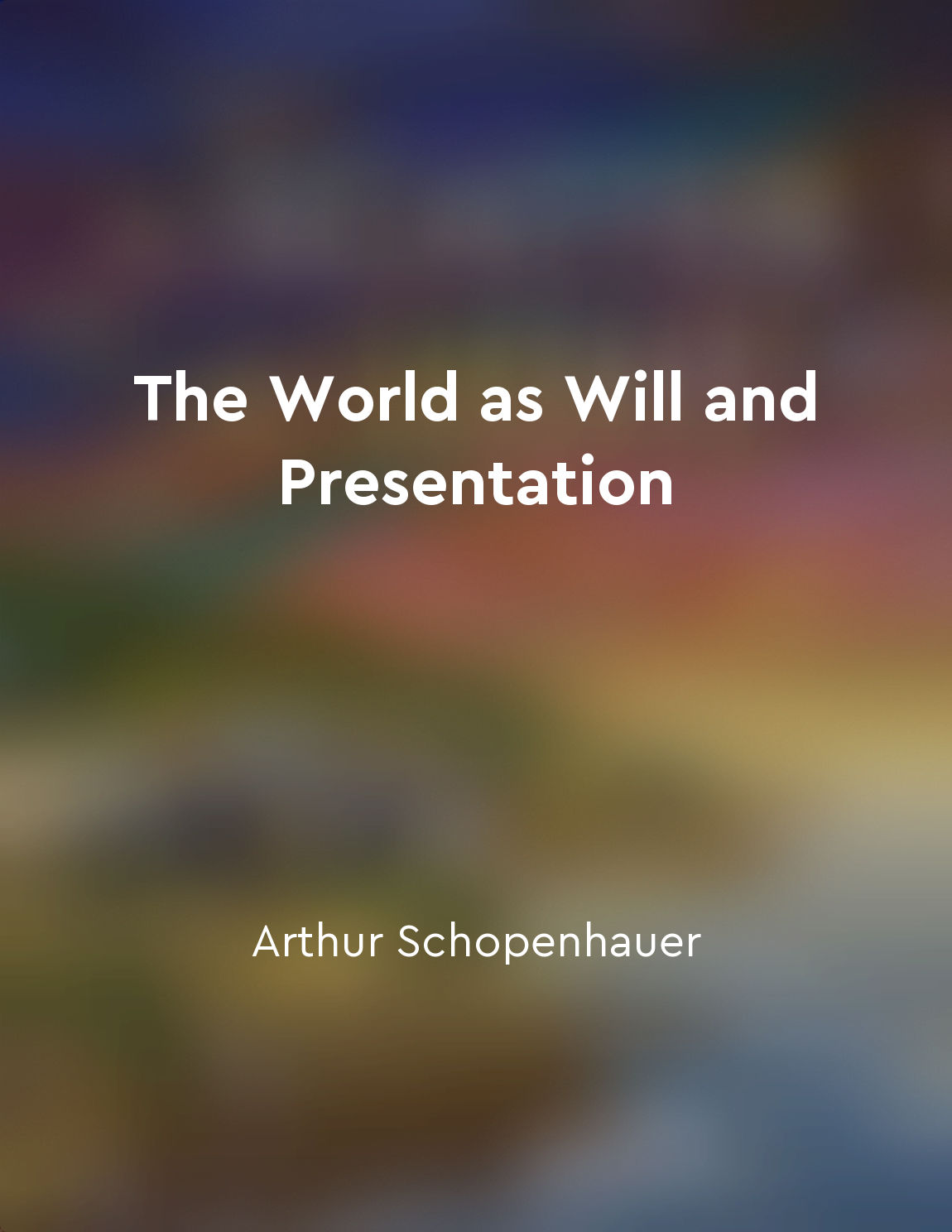Art challenges viewers to think critically from "summary" of Critique of Judgement by Immanuel Kant
Art, in its very essence, has the unique ability to provoke deep thought and contemplation within the viewer. It challenges the viewer to engage with the work on a level that surpasses mere surface-level observation. When encountering a piece of art, one cannot simply passively consume it; instead, they are compelled to actively analyze and interpret its various elements. Through this process of critical engagement, the viewer is encouraged to question their own preconceived notions and beliefs. Art has the power to disrupt our usual ways of thinking and seeing the world, forcing us to consider alternative perspectives and possibilities. It pushes us out of our comfort zones and encourages us to confront difficult truths and complex ideas. Furthermore, art often lacks a clear and definitive meaning, leaving room for interpretation and debate. This ambiguity challenges viewers to think for themselves and come to their own conclusions about the work. In this way, art serves as a catalyst for intellectual growth and development, fostering a sense of curiosity and inquiry in those who engage with it.- The act of critically engaging with art is not just about analyzing the formal qualities of the work, but also about reflecting on its broader implications and significance. It encourages us to consider the socio-political, cultural, and historical contexts in which the work was created, as well as its impact on contemporary society. By prompting us to think critically about art, we are able to deepen our understanding of ourselves and the world around us.
Similar Posts
Diasporic experiences
In this story, we see how the immigrant experience can be a kind of perpetual longing. A longing for a place that no longer exi...
Escapism through alcohol
Throughout the pages of 'No Longer Human', the protagonist finds solace in the numbness that alcohol provides. With each drink,...
Wood reveals secrets
Wood is a material that has been used by humans for centuries, serving various purposes from building shelter to creating art. ...

The limitations of the human intellect
Schopenhauer delves deep into the inherent limitations of the human intellect, pointing out that our intellectual capabilities ...
Resilience and hope
Primo Levi's narrative is a testament to the human spirit's ability to endure and overcome the most challenging circumstances. ...
Aesthetic judgement is based on feeling, not concept
In aesthetic judgement, the judgement made is not based on concepts or rules, but rather on the feeling that is evoked by the o...
Allow yourself to be changed by your art
Art is a powerful force that has the ability to transform not only the world around us but also ourselves. When we engage in th...
Complex family dynamics
Family is a universe, a galaxy of interlocking orbits and unseen forces. It is a place where the past converges with the presen...
The role of the artist is to innovate and evolve
The artist, according to Greenberg, has a vital role to play in the world of art. This role is not merely to create for the sak...
Relationship between art and religion
Art and religion have always shared a close relationship throughout history. Religion has often been a significant source of in...

